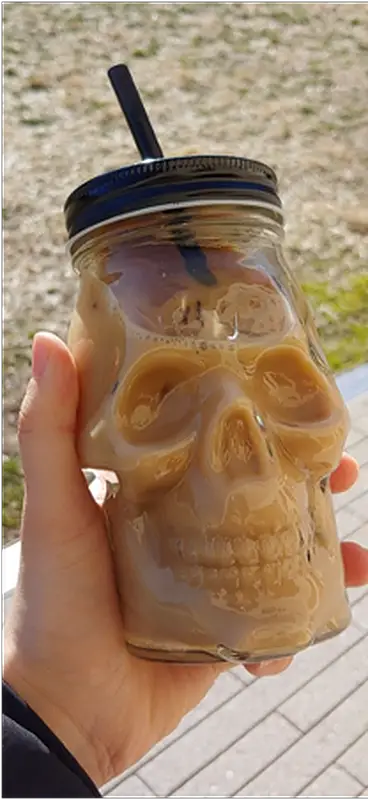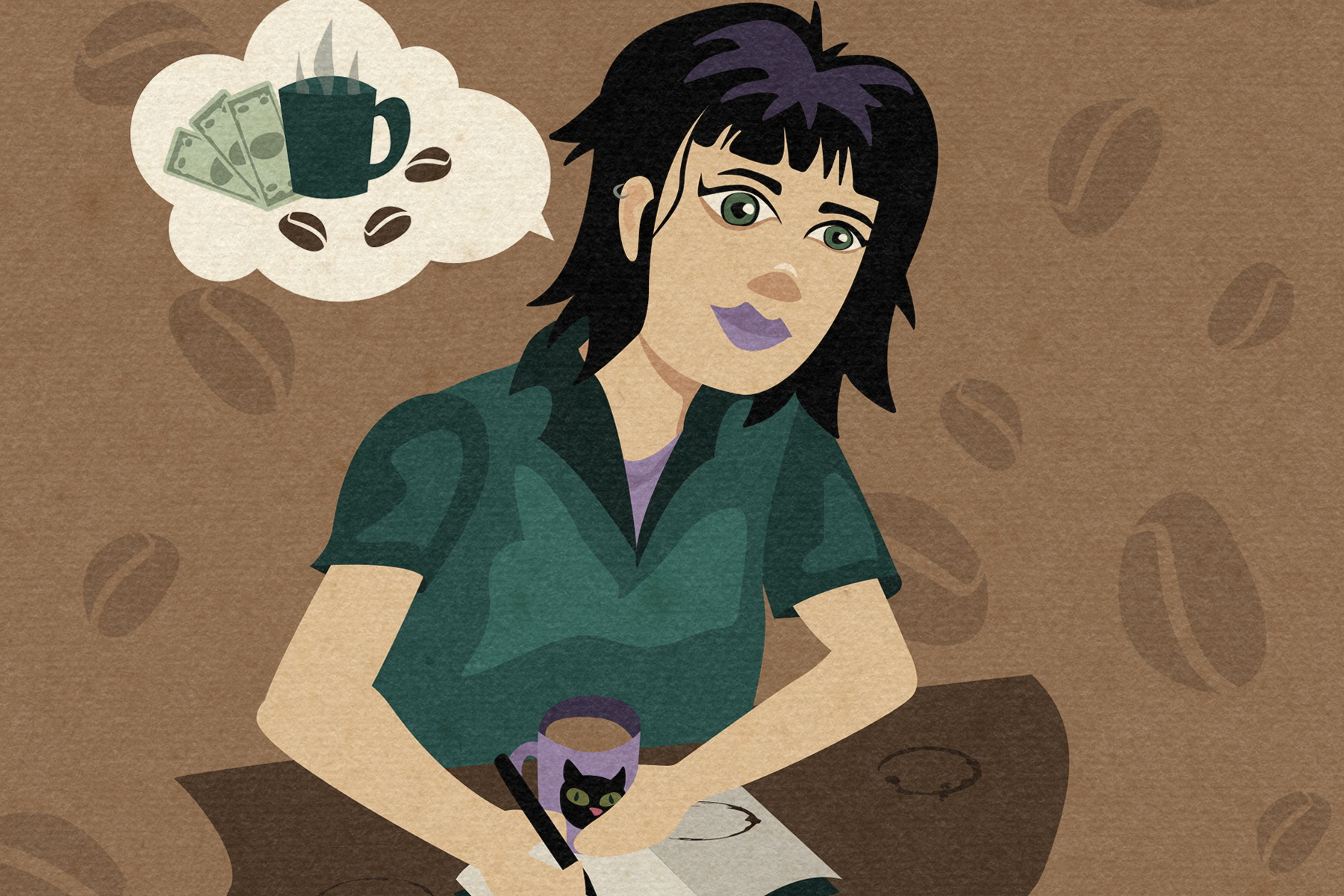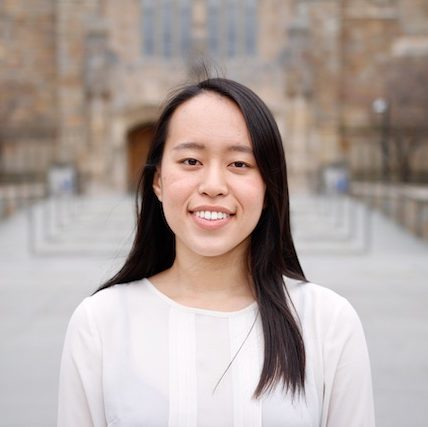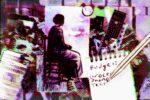The fragrant, nutty aroma of freshly-ground beans intermingles with the hiss of the espresso machine and the rush of conversation as you slip through the doors. You take your first sip — bliss. The warmth quickly spreads throughout your chest, knocking you out of your early-morning reverie or mid-afternoon slump. Coffee, beloved coffee. Nectar of the gods and the fuel for every sleep-deprived university student. But also a decidedly expensive habit.
Coming in at an average of $3-$4 a cup, a coffee a day adds up quickly. The typical college student might spend around $15-$20 a week on coffee, which means over a thousand dollars in just one year. But with late nights in the library and early mornings in classrooms, coffee is a necessary evil.
Never fear — it doesn’t have to be this way. From coffee subscriptions to dining hall hacks, here are a few ways to save hundreds of dollars on our overpriced but ultimately too-delicious-to-resist habit.
Unlimited Coffee Subscriptions
An unlimited coffee subscription is exactly what it sounds like: You pay a fixed amount per month to get unlimited cups of coffee and/or a certain amount of specialty drinks. Like Netflix, but tastier and more necessary. It’s a good way to save money if you regularly drink coffee and don’t mind sticking to one cafe for your caffeine needs.
Panera now has the MyPanera+ coffee subscription, which offers unlimited hot and iced coffee as well as unlimited hot tea in any size. They’re also doing a promotion for new subscribers until Sept. 6 that gets you the first three months free. Three months of unlimited free coffee? Sign me up.
Pret A Manger: Coming soon in September — just in time for the fall semester! The beloved Pret will be offering coffee subscriptions, so you can enjoy your favorite coffee and tea all day long. According to their website, the subscription includes all organic coffees, teas, lattes and hot chocolates. Further, they’re planning on offering the first month free! The upcoming service will replace their famous coffee pass system, which offered something similar.
BYOC: Bring Your Own Container
Many coffee shops will offer discounts anywhere between 10 to 50 cents, or even as high as $1, for bringing your own reusable cup, mug or mason jar. Just be sure to ask your local coffee shop if they offer this discount.
You’ll also be more environmentally friendly as well. Not only do you help cut down on the 25 billion styrofoam cups that are thrown away each day, but you can also sip coffee from the comfort and coziness of your own fun mug.

Sure, it does take a little more effort — you’ll actually have to wash the mug or glass — but think of it as an investment in your financial and environmental health.
Take Advantage of Punch Cards and Reward Programs
Support your local coffee shop! Most cafes offer punch or stamp cards for a free drink after eight or 10 purchases — they’re even typically valid for any size and any drink, so make sure to go wild! Plus, they usually stamp you if you also buy something else, like a pastry, which you — let’s be real — were probably going to buy anyway.
Volunteer to go on the coffee run for your friends on your study break, get rewarded for all their drinks and celebrate with that extra-large, double shot macchiato that you can now get for free. That’s way better than a single measly free birthday drink or spending upwards of $100 only to get a dollar off on your next purchase (no thanks, Starbucks). Instead, you can get a free drink basically every week. How does that sound?
If you cannot resist the allure of capitalism and chain coffee (boo), feel free to take advantage of rewards programs that most chains like Starbucks, Dunkin Donuts or Caribou Coffee offer. These programs often include free drinks, food and discounts.
Plus, even switching to a different chain for your daily cup of joe can save you hundreds of dollars a year. In a blind taste test by NYMag, food critic Adam Platt ranked seven cups of coffee, where Starbucks ranked last. Dunkin Donuts is usually cheaper, and tastier too! Shop around for the best price-to-taste ratio and ask about a loyalty program wherever you end up getting your coffee from!
The savings are even more dramatic if you’re willing to brew at home.
Buy a French Press
As college students, we probably don’t have the time to roast, grind and brew our own coffee. Nor do we have the funds to sink into a $300 espresso machine. But a French press, a chic little press-and-filter apparatus, will brew a seriously smooth and sweet tasting cup of coffee. It’s readily available everywhere and super cheap, too. Head to your local superstore, and get a French press for $19.99 at Target or for a measly $13.60 at Walmart. Ikea’s French press is even the low, low price of $8.99.
It basically pays for itself after three or four uses! Plus, French presses are a super versatile doodad and can be used for multiple functions — important for college students who are looking to minimize the sheer amount of stuff that’ll have to be moved in and out each year. You can make tea, froth milk (make lattes!) and shake cocktails from a French press as well.
Furthermore, you can still enjoy supporting your local coffee shops and small businesses even if you now make your own coffee. Most coffee shops have whole beans or pre-ground bags for sale or will sell them to you if asked. If you buy the whole bag of ground coffee beans, a cup of coffee comes out to about 10 cents a cup.
Make Cold Brew Coffee in the Dorm
An increasingly popular choice nowadays, cold brew coffee uses cold water to draw out the flavor and caffeine of coffee beans by steeping beans or grounds for 12–24 hours. This method makes the drink less bitter than hot coffee, less acidic, sweeter and more flavorful.
You can make gallons of coffee in advance, depending on how big your container is. Plus, it’s a good way to use that giant bag of ground coffee you just bought. You should use filtered water for cold brew — most bathroom sinks and kitchen sinks use tap water, which is already filtered and perfectly safe to drink.
If you like your coffee chilled, plop it in the fridge overnight to steep. If you don’t have fridge space, then making cold brew at room temperature is very forgivable. Stick it in a dark, dry corner — the back of your closet, or perhaps under your bed, if that’s a clean place — and it should be fine for brewing. After the brew finishes steeping, you’ll either have to drink it immediately or refrigerate it, which then allows it to keep for up to seven to 10 days. You can easily get free ice from either your residence hall, any fast food joint (just ask for a cup of ice) or from the dining hall to help keep your brew cold, too. And, speaking of which:
Get Creative with Dining Hall Hacks
Most dining halls provide black coffee, although it probably will taste like fried rubber. So instead of suffering and drinking it straight, get creative with other items. Add some maple syrup for a fragrant sweetness, hit it with a burst of ice, and now you have tasty iced coffee! In addition to regular milk and half-and-half, dining halls may also offer almond, soy and oat milk for their lactose-intolerant students.
Or, make affogatos: Sweet ice cream drenched with a shot of espresso (replace with whatever coffee your dining hall has). My personal favorite is hazelnut coffee, chocolate ice cream, whipped cream and a sprinkle of pecan nuts from the salad bar.
In general, you can get creative with your coffee order outside of the dining hall as well. If you’re addicted to caramel frappuccinos, you can get the same taste by ordering an iced latte, extra caramel syrup and getting it blended. You can also just buy black coffee, the cheapest item on the menu (usually $1-2 dollars), and add your own combination of milk, cream, sugar, syrups and spices, which most shops have an outside table for. You can also order a double shot of espresso and add your own milk and fixings to make what is essentially a latte. You can even froth up your milk with the French press! Or with this $2 frother from Ikea.
(Optional) Be a Proud Forager
It is a well-known fact that campus events are packed with free food. For morning or mid-afternoon events, colleges and universities often offer boxed coffee from your local coffee shop or chain in addition to free donuts or other pastries — score! I don’t recommend this technique to replace your daily habit, but hey, if you know there’s an event going on and you’re willing to check it out for the 10-15 minutes that’s politely required to consider partaking in the food, then go for it!
Also, if you’re already in a coffee shop studying, catching up on class readings or just hanging out with a friend, then you’re in the perfect position to catch the “mistake.” That’s right, not only do we learn from mistakes but we can caffeinate with them. If you hang around long enough, chances are some poor barista is going to make the wrong drink or a customer won’t show up to pick up their order. When that happens, the original drink is usually thrown out … or given away for free. All you have to do is keep your eyes and ears open.
Actually Calculate and Budget How Much You Spend on Coffee, and Perhaps Reconsider
If you’re actually looking for ways to stop going into the nearest cafe to socialize or study out of habit, then keeping a daily, weekly or monthly budget can help you curb your spending.
As an exercise, keep track of all the times you purchase coffee in a month with a simple Microsoft Excel or Google Sheets spreadsheet. Here’s mine:

I came to the shocking conclusion that I had spent $97.11 that month on my cafe splurges alone. If I stuck to the same habit every month, I would spend about $1,165.32 for the entire year. Seeing your total spending over the year as one lump sum is really eye-opening. $1,165.32 is about three airplane tickets, 20 splurge-y dinners or 10 shopping sprees.
All these experiences and indulgences that I put off because they were too expensive could have been within reach all this time. Usually, I’d like to think of coffee as a small indulgence, a treat to “celebrate” a completed paper or a motivation for a difficult problem set or heavy reading load. But those little indulgences could have been put off, into a larger splurge at the end of the week, like a celebratory dinner out with friends.
Plus, it’s never too early to think about our health and retirement plan.
The Mayo Clinic suggests no more than 400 mg of caffeine — or four 8 oz cups of coffee — per day. In perspective, a grande coffee at Starbucks has 330 mg of caffeine and a venti has 415. Adding on to the Red Bull you’ll guzzle for your late-night study session and the Coke you have with dinner, overdosing on caffeine will, at best, lead to a headache and, at worst, cause an irregular heartbeat and seizures.
If you just drink the jitter juice for the boost, consider exercising or eating fresh fruit as a healthier alternative to staying energized and awake.
Whether you decide to cut your coffee habits partially, completely or not at all, taking the time to think about how you can make some smart spending decisions is the first step to being happier and healthier in the long run. And if not you, then your wallet will.

















